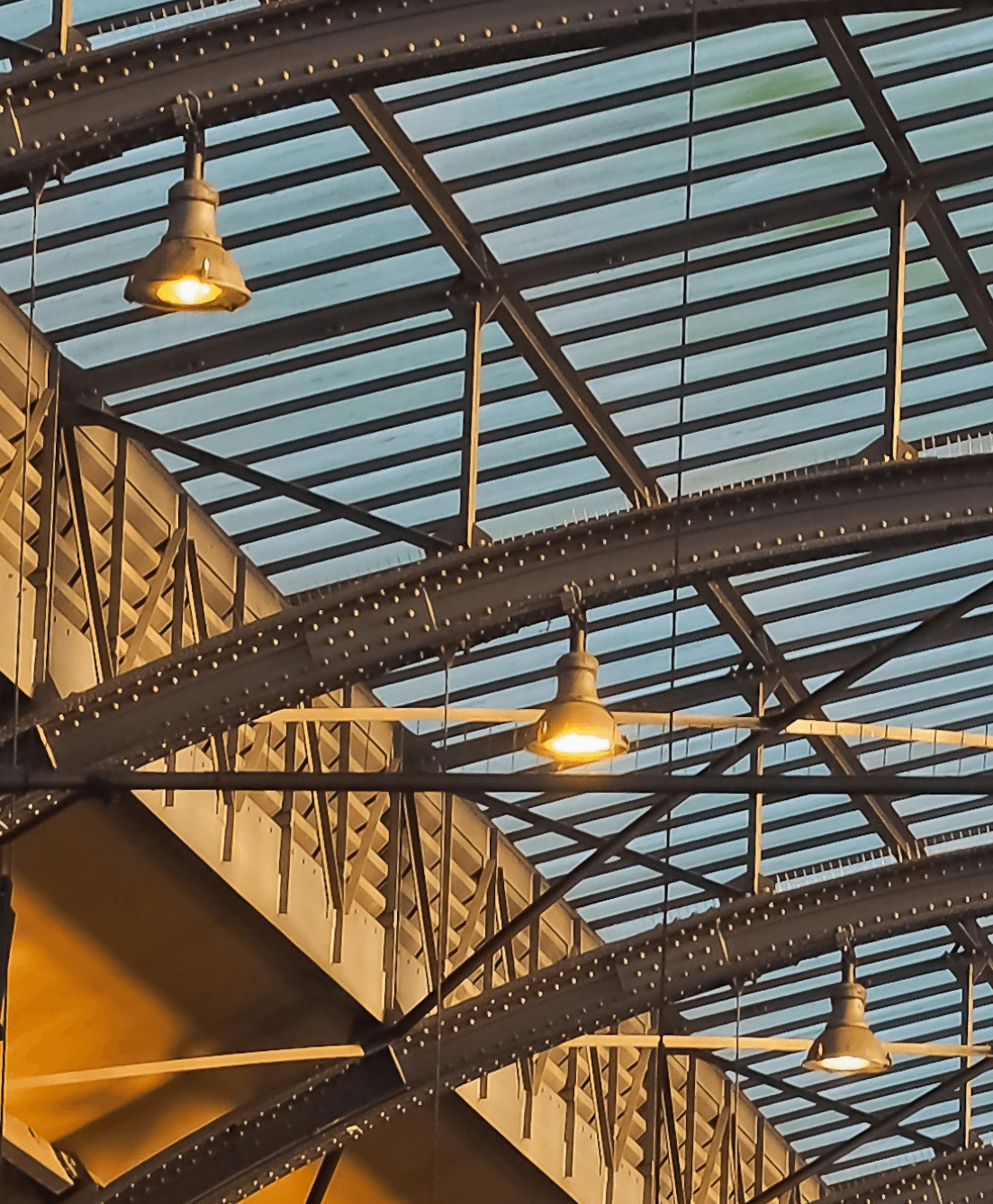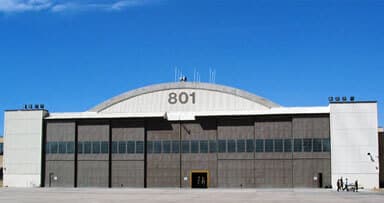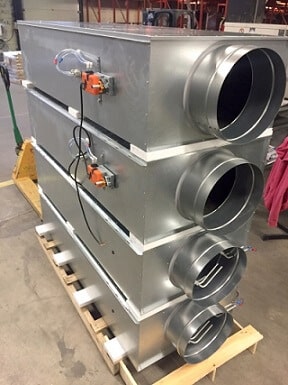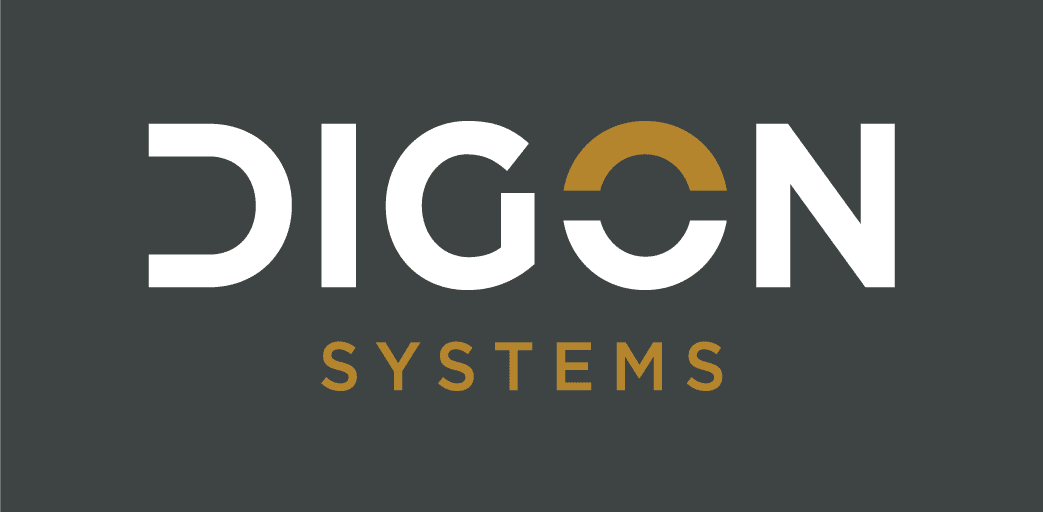DIGON Systems, we are always looking for ways to save time and money for our clients. We have observed a significant time spent assessing items for BUILDER that add little value to the long-term plan. By paying close attention to the value of an item in a building compared to the cost to assess that item, we try to find ways to reduce effort and cost. It is also important to consider the cost of keeping a section’s data current later on.
For example, a large boiler might take some time to assess completely, but its high monetary value means the time spent on a careful assessment will probably pay off in the long run. Conversely, light fixtures take a great deal of time and effort to assess accurately due to their sheer numbers and varied types, but they contribute little to the overall monetary value of the building.
Of course, it’s a good idea to spend the time and money assessing that boiler, but maybe we can save some money by changing the way we assess those light fixtures. The following are some concrete ideas for streamlining your assessments while still gathering good data.
1) Interior Lighting
As alluded to above, we can save a lot of money by changing how we assess interior lighting. There are 51 different types of lighting in the BUILDER catalog – the table that contains the several thousand different building items used by BUILDER. They all have a service life of 20 years, and the cost of the most common types ranges from $300-$500. Several types are much more expensive but also very rare. There’s not much distinction between the different types. All the time you spend choosing just the right component type for that light fixture over your head might not be worth it. We don’t think it is. It’s much better to save the time assessing lighting, not to mention the time spent later on maintaining that data, and simply create one section of lighting for the building (or perhaps per floor) called “D502002 Lighting Equipment – General.” This “general” component-subtype is measured in “square footage” rather than “each.” So for the quantity of this section, use the total lighted square footage of the building or floor.


2) Hangar Doors
In the BUILDER catalog, there are 11 different types of hangar doors to choose from, but every one of them has a service life of 35 years and a cost of $22/SF. So it’s a waste of time choosing a specific type of hangar door since they’re all so similar. Just use “B203005 Hangar Doors – General” and save the time and cost spent determining their exact type.
3) VAV Terminals
You’ll find 31 different types of VAV Terminals. The service life is 30 years for all of them, and the costs fall into two categories: Fan-powered (between $1,100 and $1,800) and Non-fan powered (between $500 and $1,000). We don’t believe it’s worth determining the VAV’s CFM or whether it’s “cooling only” or “hot water reheat.” It doesn’t matter to BUILDER, at least not enough to justify the extra cost of assessing each one so precisely, especially when they are often difficult to access. Just choose “D304001 Air Distribution Heating & Cooling,” and then decide between “VAV Terminal” or “VAV Terminal – Fan Powered.” You get 90% of the benefit with only 10% of the effort.

To be clear, the intent of this article is only to generate discussion about which items in BUILDER add the most value to an assessment. A contracted assessor’s statement of work (SOW) strictly specifies the systems and components to be assessed.
